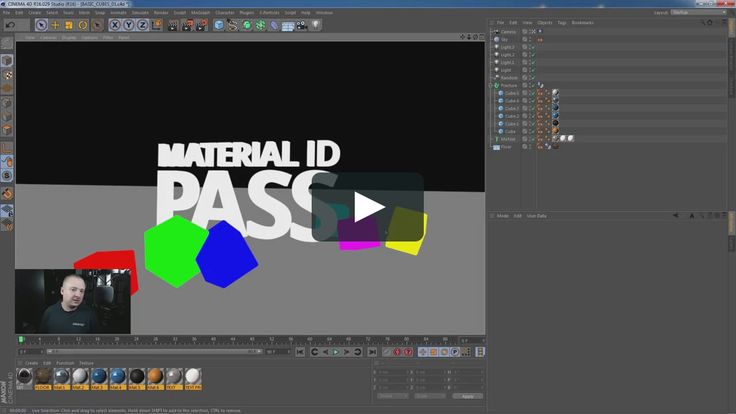

Additionally, using the lighting tool and placing my specular highlights exactly where I wanted them helped as well.įor most of my 3D visualization work, I enable shadows to help visually ground objects to the floor. Using area lights with reflection visibility enabled in the details tab allowed me to better control my highlights. Once I started experimenting with the more advanced features of the lighting tools and deleted the HDRI setups, the scenes really started coming together and looked more realistic.

This method works well, but can be a bit much in certain situations. In my first few glass scenes, an HDRI image was used to create realistic reflections in the glass. In most of the renders, the floor plane uses blurry reflections.

I kept the scene setup as simple as possible using one plane for the floor and one plane for the background. I enabled the reflection channel only and turned up the index of refraction to a value of 1.52. In the glass material, I turned off color, reflection, and specularity. Once I simplified the glass material and scene, it looked much more realistic. Initially I played around with materials that had multiple attributes for glass color channel, reflection, reflection color, transparency, bump maps, specular highlights, etc. One of the things I learned was the simpler the scene, the better the result. Over the past several weeks, I’ve been experimenting with rendering glass materials in Cinema 4D. Today, with more than 150 employees in both the United States and China, MediaMation’s passion for building technology for the entertainment industry lives within every team member.3D Visualization: Glass Renders in Cinema 4D Our relentless search for a better 4D experience continues to be at the core of everything we do. A fully-functioning, air-driven, analog motion simulator combined with 4D special EFX.Ĭoupled with MediaMation’s award-winning ShowFlow® control software and high definition video server system, VidShow™, the MX4D Motion EFX attraction, cinema and eSports theatre seat series are quickly becoming the standard for entertainment venues worldwide. As demand for MX4D technology grew, so did the company’s desire to produce the world’s greatest MX4D Motion EFX seat. It was the introduction of The Invader to the cinema market that has created selling opportunities within the Cinema and Attractions marketplace. Not being satisfied with current cinema offerings, MediaMation entered the cinema market with the introduction of The Invader, the first MX4D® Motion EFX seat model. Thus, the interactive fountain show was born. Dan Jamele recognized the possibilities of applying MIDI-based (Musical Instrument Digital Interface) technology to amusement industry show control problems. MediaMation’s story begins in 1991 in Los Angeles, California.


 0 kommentar(er)
0 kommentar(er)
